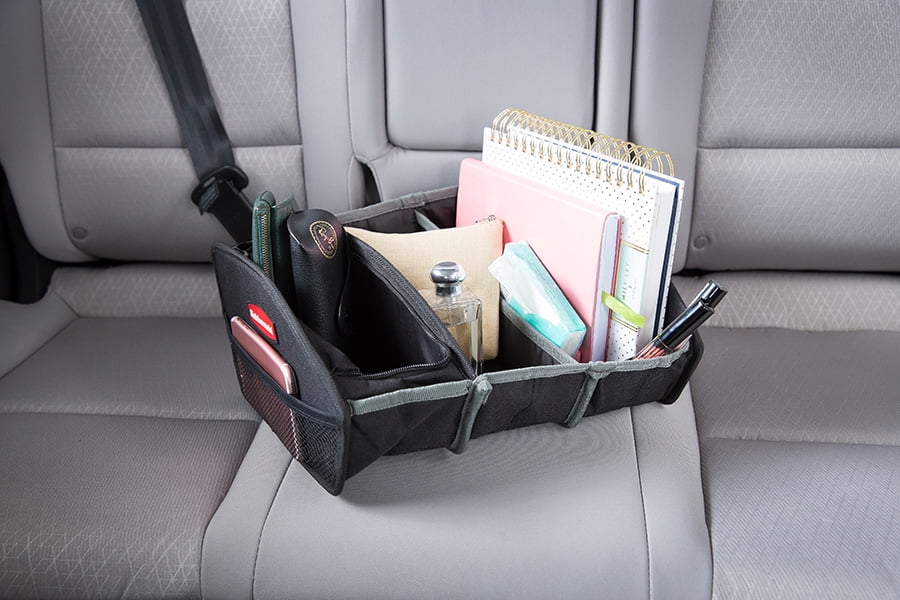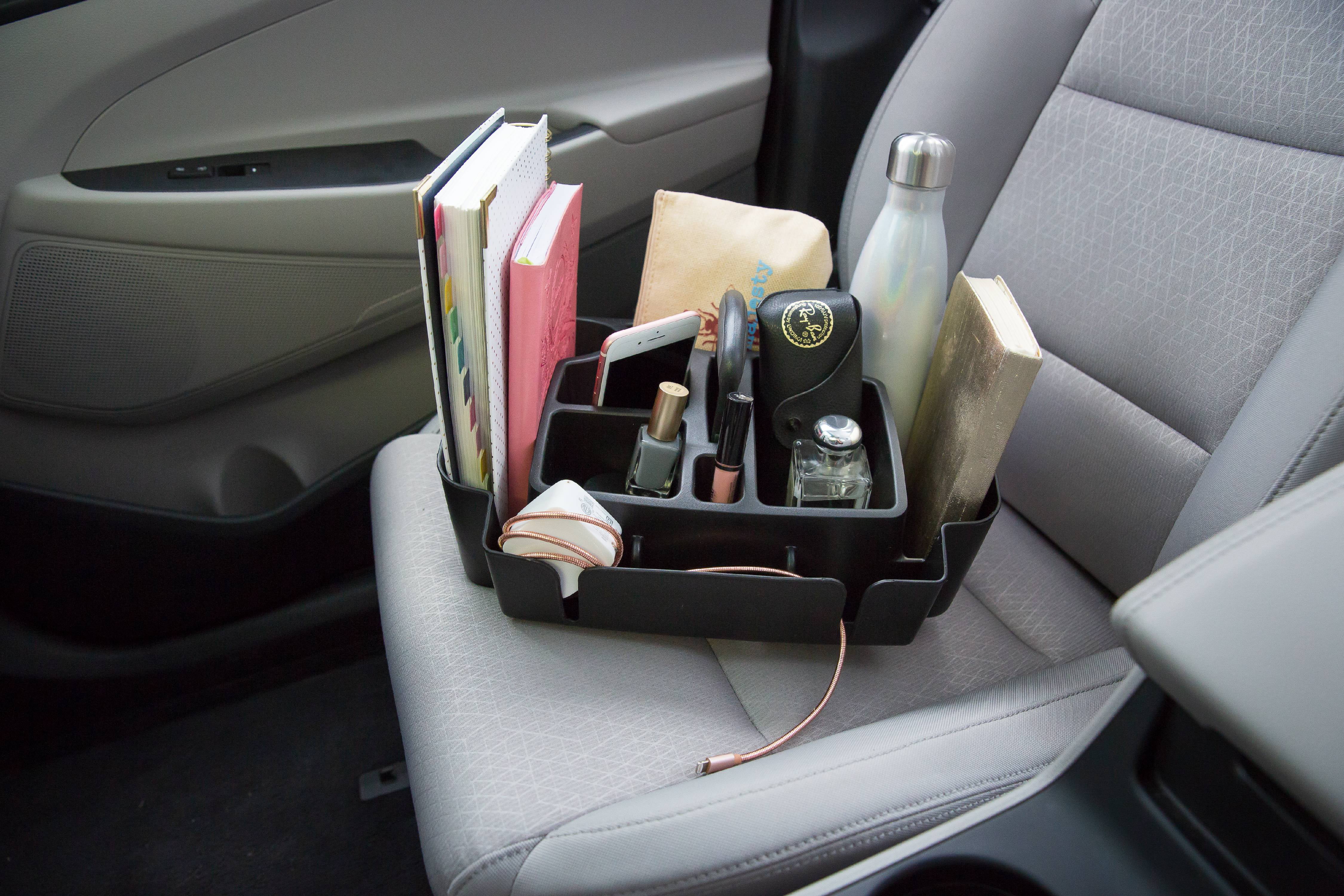
Vertical Bunsen Burner Test (FAR 25.853, FAR 25.855) – The test determines the heat resistance of the composite to a Bunsen burner flame when tested in accordance which the above mentioned FAR requirements and Oil burner test (FAR 25.855) – This test evaluates the flame penetration resistance capabilities of a cargo compartment and weight loss characteristics of seat cushions when exposed to a high intensity open flame Heat Release Rate Test/Ohio State University calorimeter (FAR 25.853 Part IV Appendix F) – This test is designed to allow the determination of heat release rates for internal fuselage materials įlammability and flame propagation test (FAR 25.856 (a) Part VI Appendix F) – This is characteristic of thermal and acoustic insulation materials when they are exposed to either a radiant heat source or a naked flame.Some of the tests required are discussed below 28 while being described in more detail in Chapter 20: Various tests are documented and before a composite is used in a civilian or military aircraft, it must show compliance with the requirements of FAR. In the United States, the Federal Aviation Administration (FAA) controls the design and operation of aircraft under, the Federal Air Regulations. In general, composites used in likely fire zones must be constructed of fireproof material or be shielded so that they are capable of withstanding the effects of fire. Take into account the effects of environmental conditions, such as temperature and humidity, expected in service. Ĭonform to approved specifications, such as industry and military specifications, or so-called Technical Standard Orders, that ensure their having the strength and other properties assumed in the design data and.īe established on the basis of experience or tests.27 The suitability and durability of materials used for parts, the failure of which could adversely affect safety, must: The polymer-based composites used for the interior design of the aircraft must be self-extinguishing and exhibit low flame, smoke and toxicity (FST) characteristics and are required to comply with industry and international regulations such as FAR (the US Federal Aviation Regulations) which govern the requirements for materials used for such applications. In the manufacture of civilian aircraft, the use of composite materials has long been almost restricted to the secondary structures such as seats, passenger cabins and interior design however, recently their use in primary structures has increased. The main advantage of this technique is that it is much faster than the classical technique and as a result allows testing more vehicle configurations in lower amount of time. This paper presents an alternative approach for localizing the areas of improvement to the vehicle by using a solid sphere of microphones. This also requires accurate taping to ensure that no additional noise sources are created and that source under consideration is truly isolated. This process can however be time consuming, since many areas must be tested to determine those of greatest importance.

By doing so, the larger contributions can be found and development focused to improve these particular areas.

Typical approaches to assist with localization tend to focus on taping certain components to isolate their contribution from the overall noise measure in the cabin.

This is particularly the case when working with prototype vehicles. However, one key disadvantage of this approach is that it can be difficult to localize the various sound sources to highlight areas of a vehicle which require development. This allows a recording to be made of the noise as would be heard by a passenger, where post-possessing can be completed to assess the level and nature of the sound under various wind conditions. The measurement of wind noise in the aeroacoustic wind tunnel is typically completed using binaural measurement apparatus positioned on the passenger seat positions in the vehicle cabin. McQueen, in The International Vehicle Aerodynamics Conference, 2014 2 AEROACOUSTIC ENGINEERING IN A WIND TUNNEL The application of spherical beamforming techniques to localize aero-acoustic sound sources in the vehicle cabinī.


 0 kommentar(er)
0 kommentar(er)
